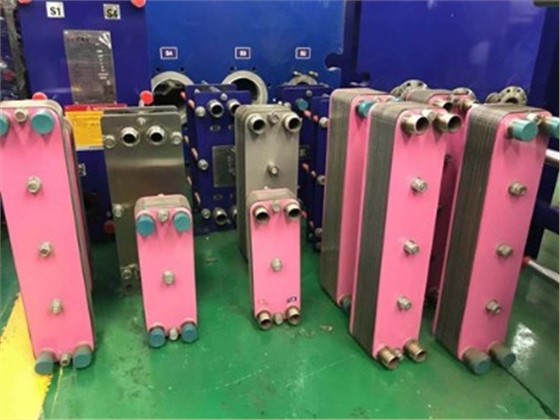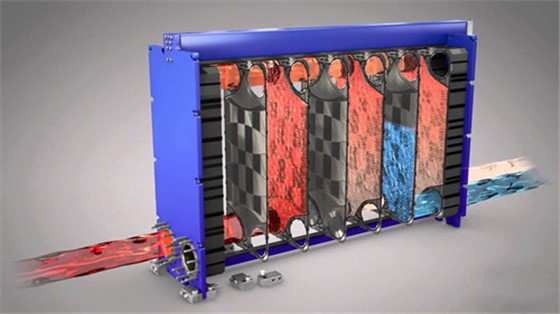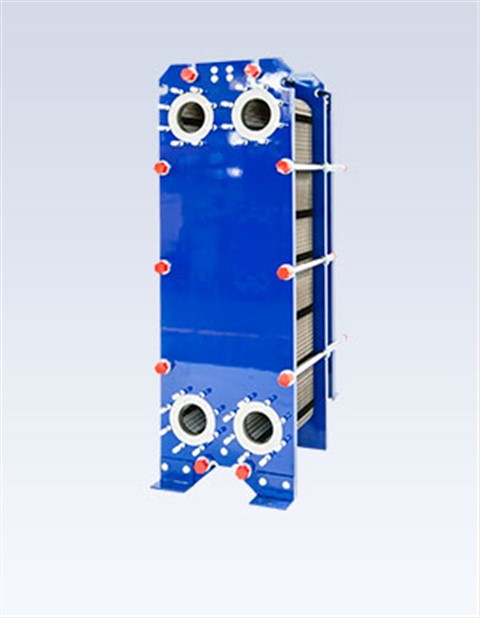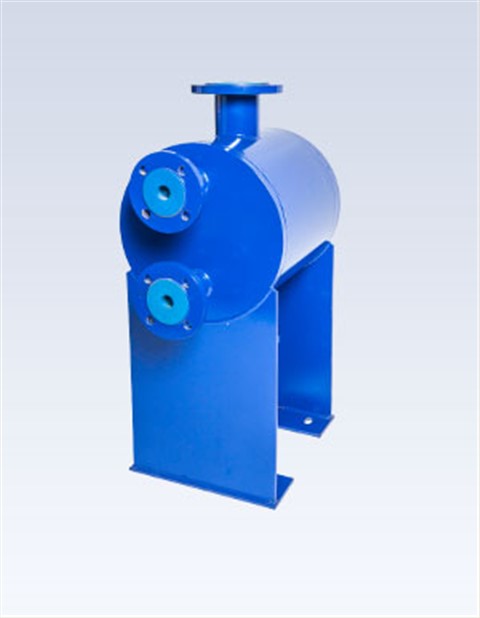Qingdao Ruiputeis by no means the first company to apply titanium plates to the manufacture of plate heat exchangers. However, Qingdao Ruiputehas accumulated a lot of experience in the application of special materials such as titanium and palladium and hastelloy in heat exchanger manufacturing. With the accumulation of these experiences, the wide use of special materials can make full use of their performance.

Market demand for the production of titanium plate plate heat exchangers.
Seawater contains high levels of chloride ions, which can be very corrosive to stainless steel. Some will damage the passivation film, while others will reduce the pH. Pitting corrosion is a common form of corrosion. However, seawater operations are an important part of industrial production, primarily involving desalination, salt production, chlor-alkali chemistry and seawater cooling. All of this requires the use of heat exchangers, so it is necessary to find a material that is resistant to the corrosion of chlorides to be used, thus avoiding corrosion. Occurrence.
The main features of titanium plate heat exchanger production.
Titanium is ductile, low density, high strength and particularly easy to manufacture. It is exceptionally resistant to corrosion and, most importantly, is unaffected by atmospheric and seawater. This is the main reason why it is used in seawater running heat exchangers and, at room temperature, it will not corrode by dilute alkaline acids and has excellent performance.

Titanium alloy pressed heat transfer plate has good corrosion resistance, high heat transfer efficiency, smooth and clean surface, no fouling layer, small specific gravity and high strength, mainly used in industries with high chlorine ion content below 100?.
The manufacture of titanium plate heat exchanger represents the universality of heat transfer equipment, as well as the integration and utilization of special materials. It has the features of compact structure, small footprint, resistance to complex media, high efficiency and energy saving, easy disassembly and installation, strong adaptability and high heat transfer coefficient.


 Food grade plate heat exchanger
Food grade plate heat exchanger Plate And Shell Heat Exchanger
Plate And Shell Heat Exchanger